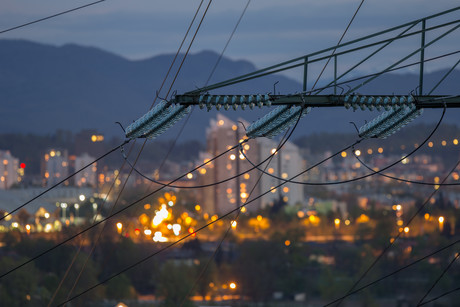Energy storage and the global-local context

The Australian electricity market is undergoing a major transformation. Making the most of the opportunities presented by a rapidly evolving energy market requires flexibility and cooperation from industry participants, as well as a willingness to learn and think long term.
Ahead of his presentation at the 2017 Australian Energy Storage Conference, Mark Leslie, Asia Market Leader at AES Energy Storage, provides insights on how Australia can create a sustainable market for energy storage.
Global-local context
By looking at lessons learned working on innovative projects overseas, and by observing the effects energy storage has had on other countries’ energy markets, stakeholders in Australia can gain valuable knowledge to help smooth our own energy market transition.
“Advanced energy storage is new to most governments, network operators, transmission and distribution operators, and power companies. However, it is not new everywhere, as AES has been operating projects for nearly a decade and works closely with stakeholders to ensure those lessons are transferred across geographies,” said Leslie.
“While there are market-specific conditions that make direct ‘copy and paste’ of policies impractical, we work closely with different markets to study the paths each has taken and transfer lessons learned in one market to others, helping to ensure their success.
“Australia and the NEM are at a critical juncture where strategy, direction and policies can help drive grid-scale energy storage adoption and enable the NEM to be the global model other markets follow.”
Avoiding the boom and bust
Key to the success of grid-scale energy storage integration and wider energy market transition is a view to the long term.
Leslie’s extensive experience has instilled in him a passion to create a sustainable market for energy storage in Australia, as opposed to one that follows in the steps of the boom and bust markets experienced in certain parts of the US and UK.
“Some of the markets outside of Australia began with strong forethought and good intentions,” he said.
“However, sometimes as markets evolve, market strategists secure short-term gains but don’t think about long-term market stability and reliability. The parties driving Australia’s transformation to a cleaner, affordable and reliable future should seek to learn from other markets’ choices and outcomes.”
Leslie believes that successfully transforming the market within Australia will require energy storage to be part of the main planning toolkit for all generation, transmission and distribution sectors. Additionally, Australia will need to modify market mechanisms.
“The market needs to have longer term pricing signals to drive high-quality, long-term infrastructure investment such as energy storage.
“Providing long-term certainty through contracted capacity for companies using energy storage maximises system benefits and enables the development of a sustainable market.
The key to success, according to Leslie, will be flexibility, adaptability and quality. “As the market transition begins to mature, energy storage assets will need to adapt to continuously meet changing needs and improve market reliability. Only higher quality, longer term energy storage infrastructure projects will have the flexibility required to continuously evolve to new dispatch patterns, which will provide the market with higher levels of reliability at lower costs,” he said.
Electrical company supports 'seaweed trees'
Connector manufacturer Bulgin has partnered with SeaGrown — an innovative aquaculture...
How to boost an aging grid
Exel Composites' Heini Kloster explains how reconductoring electrical grids can help meet the...
Surprise finding about electric current
Australian researchers have discovered entirely new quantum behaviours that only occur in...





